ERITREA, end and rebirth of an African dream
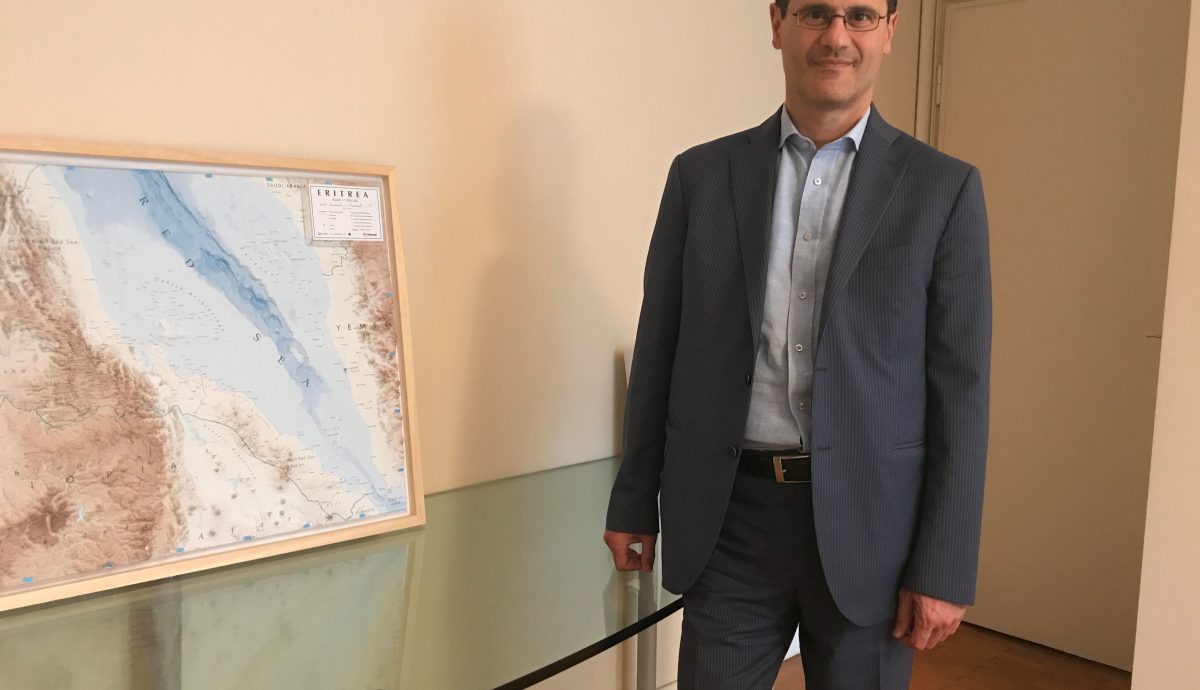
EritreaLive interviews Alessandro Pellegatta:
ERITREA, end and rebirth of an African dream 
The book “Eritrea, fine e rinascita di un sogno africano” by Alessandro Pellegatta will be published in the next few days, (Casa Editrice Besa, euro 15)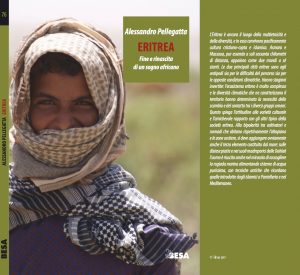
A beautiful book to be read in one breath, almost a novel, more than a guide, perhaps even a bit of a travel journal. Written as a report. In short, an exciting reading, to be done before leaving for Eritrea, to get to know the country, its past and present history. But not only this. A book to bring with you, if you leave for Eritrea. A book full of anecdotes, stories and practical information.
We talk about it with the author. First of all, where does your passion for Eritrea come from?
Eritrea is a complex country. To understand it you must go back in time. Learn about its colonial history to arrive to its contemporary one. You must learn to know the other which, as Kapuściński said, is a complex thing, sometimes a dangerous one, but, which also helps you find your own origins. Unfortunately, nowadays fears and ideologies, which prevent you from seeing and understanding, have replaced a culture of diversity and comparison.
In your book you say that you were not born as a writer, it was travelling that led you to write. Travels “to lose yourself”, travels “to find yourself”. How come you found yourself in Eritrea?
Travelling for me means to lose myself, to rediscover my curiosity for the world. Above all for the South of the world, which represents the future of humanity without a doubt.
Why Eritrea?
A journey to Eritrea is an extraordinary experience. You must abandon old thoughts and prepare yourself to see a different reality, of extraordinary beauty. Eritrea is a country, which almost nobody talks about.
A small country, with a very ancient history. From the land of Punt, to the port cities on the Red Sea, in aprticular Adulis.
Today Eritrea is a country that is looking for its own way for a development far from old and new colonialisms. Far from the appetites of the great powers and multinational companies. Despite the Red Sea offshore platforms, oil, gas, gold fields …
And Eritrea is in a strategic position for the passage of oil tankers. Also, ahead of it has a hot territory, Yemen, an area of war. The tensions with Djibouti, the only US military outpost in Africa, are also being rekindled. And the arm wrestle with Ethiopia goes on …
And as Pasolini wrote, Eritrea is a completely different country than how we imagine it. And then you have Eritreans. They have elegance and dignity. In this elegance of popular gentlemen, Muslims, Christians and Copts are confused. These are nomadic and peasant populations.
In peasant villages over the centuries there has never been private property. The ownership of the land is collective, and there is a rotation of possession of the fields between the families. The nomads are even more essential, and they always travel light with their dromedaries. For centuries the Eritreans have become unaccustomed to possession, and this gives them a certain detachment from things.
And Eritrea is at the centre of a complex geopolitical situation?
To understand this, we need to know the history of the Red Sea, a sea highway that has allowed the development of the area and commerce. Without it, the Axumite civilization would not have been possible.
Today, geopolitics is complicated.
We do not know what is really happening. The Assab area is off limits because there are military posts. Yemen, a very poor country, an area of dispute between Saudi and Iranian influences, and in which there is currently a very serious humanitarian emergency.
In 2009 Eritrea was accused of being a destabilizing country. The US Secretary of State, Hillary Clinton, declared, without proof, that Eritrea supported Al Shaabab. However, even without any evidence, this accusation has become a leit motiv, along with the comparison with North Korea.
In actual fact, if we go and see what happens in neighboring Ethiopia, we do not find the democratic state that they would want us to believe. Instead, there is a very tense situation, of civil war, of ethnic conflicts. A situation of which we never speak.
It is not so in Eritrea. There are 9 ethnic groups with different languages and cultures. The extraordinary thing about this country is that you walk in Asmara and see the Coptic church, the synagogue, the Catholic church, the Protestant church. There is complete religious tolerance and respect for diversity. There are no devastating conflicts as in the Islamic world. There is no terrorism. Al Qaeda was defeated in the bud, stopping its infiltration.
What role do women have in the Country?
The role of women in Eritrea is very important. No one knows that the Eritrean liberation movement was supported by women, who were 30 percent of the fighters. Massawa was freed by women. Currently, there are local female ministers and governors.
In your book you wrote: “Asmara is all but a nightmarish place”, to escape from. However, many young people have left the country, looking for a future in Europe, why?
For sure, the long military service is tough. The young conscripts cannot plan a future, a family. This applies to men and women …
But we ought to understand the mechanisms of cause and effects of this situation.
Eritrea is a country, which is living under an actual and perceived state of siege.
What do you mean?
The decision on the border between Eritrea and Ethiopia (Ed. 1998-2000 conflict ended with the Algiers Agreement favourable to Eritrea for the Badme area) was not enforced. Eritrea continues to be a poor country that suffers from the very strong pressure of Ethiopia, a world power. Unfortunately, the moment of pacification has not yet arrived for Eritrea, which is why, inside the country, there is a climate of closure and mistrust.
It is a country that has been colonized and re-colonized, which has fought for independence, which does not give up.
I would like to add a consideration on the flight abroad of young Eritreans. Many of those who claim to be Eritreans are not. They have been encouraged to say this for the advantages recognized to Eritreans. They are young people, who do not ask for asylum in the first country [of arrival], Italy.
The real issue is that excesses of internal repression are described, to then facilitate the entry of Eritreans in Europe.
The description of Eritrea a “North Korea” is born from prejudice. Dictatorial countries are different. In Eritrea there is no cult of personality. There is, instead, a great sense of community.
How does an Italian tourist feel like in Eritrea?
There is no hostility towards Italians. In Eritrea there is a natural predisposition towards others. Historically, geographically and culturally, the different Eritrean ethnic groups have had to learn to live together. Plateau and lowland. The former has an agricultural and rural culture that reflects the Coptic Christian tradition, the same of Ethiopia. The lowlands, on the other hand, have a nomadic culture which corresponds, by and large, to the Islamic religion. In the country these two elements coexist peacefully, indeed they tend to mix.Travelling in Eritrea means to learn very different realities, Asmara, Keren, Massawa.
How is Massawa, a port city on the Red Sea?
Walking through the streets of Massawa, despite the destruction it suffered, still leaves us to imagine the beauty of buildings such as the Bank of Italy. There are small streets lined with buildings constructed of madreporic material. You see Turkish infrastructure, Indian merchant palaces … with an incredible melting pot.
Even here Italians have been careful in the design of buildings. They respected the local tradition, taking into account what already existed.
On July 8th 2017, Asmara became a UNESCO world heritage site …
Asmara is the most fascinating city in all of Africa, with a combination of Western, Arab and Islamic elements.
If the realization of Italian colonialism has become a heritage of humanity, it must be recognized that the Eritreans knew how to preserve its modernity.
Beyond the labels, the buildings of Asmara have incredible charm and beauty. This is a credit to the Eritreans for having understood and valued a heritage that could have been destroyed. As in Addis Ababa, where nothing is left of value, and where the real estate of the Chinese is advancing unstoppable.
The entry of Asmara in the heritage of Humanity will not only be of great importance from the architectural and urban point, but it will represent a milestone in the history of Eritrea.
Cultural heritage always expresses the culture of a community and connotes it. And the need to rebuild the national identity of Eritrea still remains a priority. In fact, since the end of the nineteenth century, the country has been subject to processes of conquest, occupation, militarization, colonization and spoliation, including a cultural one.
If we then abandon any ideological prejudice, we must also say, as Aldo Rossi stated, that the fascist regime made more architecture, and good architecture, too, in the colonies than the last years of republican Italy …
Eritrea has been a true gem of experimentation. Asmara lived under the Italian colonial occupation a period of extraordinary modernization, especially in the Thirties with the communication between the port of Massawa and the capital.
Asmara became a “little Rome” at that point. Extraordinary architects, who could not express their potential at home arrived in Asmara and built over four thousand buildings ranging from Decò to Cubism, from Futurism to Rationalism, both in public and private buildings.
Behind the result achieved by Asmara Unesco heritage there was a huge job. Dozens of engineers, architects, surveyors, the municipality of Asmara, people I have met, all of which are very capable.Now we must also think about Massawa. A city that has been bombed by Ethiopian aviation and still bears the heavy marks of the war.
While travelling in Eritrea what situations did you find outside the capital?
Very different situations between cities and countryside.
The real problem of Eritrea is the aftermath of the long struggle for liberation (ed. 1961-1991). A war that left devastation and deforestation, allowing the desert to advance. Keren had already begun a process of desertification at the end of the nineteenth century, because the peasants would light fires to drive away birds to stop them eating in the dura plantations. So only the baobab trees remained, with their strong bark.
Then deforestation was caused by the need to heat up, therefore breaking down trees. And finally came the war with Ethiopia.
Eritrean salvation, however, was its traditional ability, like the Adulitans and the Axumites, to preserve water.
Let us think of the daily struggle of Eritrean peasants, with little mechanical means and scarse electricity. They fight to get fruits from the land facing the aggression of the desert and drought.
Another point in favor of Eritrea that is useful to know is the defeat of malaria. Health protections have increased and improved. Although there is still much to be done to protect the weaker sections of the population, especially children.
In your book you also talk about Eritrean archeological sites …
Yes, Adulis in particular and the Axumite cities on the Eritrean highland.
Few people know that the development of the Axumite kingdom has been made possible by the very maritime exchanges of the port of Adulis. The port was in fact connected to Axum through caravan routes that went up the Haddas and Komailé courses and, with a difference in height of over 2,000 meters, reached the axumite towns on the Qohaito plateau. From here, the tracks crossed the Ethiopian Tigray passing near the monastery of Debra Damo and Yeha. Finally, arriving in the capital of the Axumite Empire which has been famous, since the ancient world, for its spectacular stelae.
The Ethiopian invasion conducted in this area has caused damage, looting and devastation to both the archaeological and naturalistic heritage. Many monumental sycamore trees were cut down by Ethiopian soldiers for pure contempt. The sycamore tree is in fact sacred and symbolic in all of Eritrea, as for centuries under its foliage public debates have been held, sentences have been issued and the population has gathered.
But violence was not limited to natural elements. They also targeted the archaeological heritage of the Eritrean plateau. Senafe was destroyed and, along with it, the ancient Axumite city of Matara was sacked and ruined, where a precious stele was blown up by placing an explosive at its base.
Many archeological findings looted by Ethiopians are still today in Addis Ababa. The Ethiopians fought to get back the Axum stele from Italy, but so far they have not given Eritrea back what they took from Matara.
Unfortunately, these cities are on the border with Ethiopia, currently militarized, so it is difficult to go there.
I found the description of the arrival in Asmara in your book rather beautiful. From the airport toward the Hamasien hotel …
I arrived in Asmara at night, a misty, dark atmosphere. The city, 2,350 meters above sea level, presented itself with clear sky and stars. Awesome. After the airport, after one or two roundabouts you arrive in front of an airplane-shaped building. At this point you feel as though you were inside a painting by Sironi or De Chirico, in those symbolic outskirts.
It is instead the Fiat Tagliero service station. And you ask yourself how the wings may stay up. As they have done for the past 70 years …
Then you get to the Hamasien hotel, a hotel of the 1920’s with a Tyrolean style dome and the question here is: “where have I ended up?” If it wasn’t for pepper trees it could be Baviera.
The Hamasien is a hotel now almost decrepit, a former CIAAO hotel, (Ed. Italian Hotel Company of Eastern Africa) with 80 rooms and great charm. A particular suggestion.
What can you appreciate and what should you not expect?
If you are looking for the comforts of a 7 star hotel, you are in the wrong place. But the fascination of living in a hotel of colonial architecture, seeing the sky from Lombard style windows … the feeling a building like this can give you … is priceless.
You find yourself in a timeless dimension. Even if then, maybe, there is no hot water …
The Hamasien is also in the district of villas, the old centre of European residences, full of bougainvillae, flowers, palm trees.
Asmara is an enjoyable city, without skyscrapers, where everything has remained people-friendly.
Asmara’s modernity lies in the very absence of skyscrapers, everything is very soft, calm. You can walk by day and by night without any disturbance.
I have visited many cities, but none is like Asmara. Asmara is truly a jewel.
Walking through the center you arrive in its pretty venues, such as Bar Vittoria, where you can drink cappuccino or coffee. It’s incredible. A thousand miles away from home is like being still at home. On the way you can meet the children of old Ascari, people who want to talk in Italian. For the pleasure of communicating, knowing, remembering.
As I said, you feel at home.
I have had many flash backs. I saw again our beautiful Italy of the 1950s. Travelling to Asmara means finding a city, which still has a strong Italian presence: the Casa degli Italiani, the Italian Embassy, the mythical library of the Pavonian Fathers. One of the most important libraries in Africa. A unique library, if you are looking for books about the colonial experience. I did it myself, sitting in this environment of the times gone by, where I had access to books, which in Italy you would find scattered in the most prestigious libraries. a heritage, which deserves to be known and valued.
For this reason I believe that the entry of Asmara to the Unesco Heritage list will bring about an acceleration in development, also culturally. I hope that the Eritreans can manage it because a new colonialism, unfortunately, is always possible.
So Asmara is a “people friendly”, clean, quiet, safe, welcoming city…
Yes, definitely. The Eritreans also have a great sense of dignity and decorum. To understand what Asmara is like, you must use public transport, get on board a bus. The orderly crowd waits in a queue, politely. We have a lot to learn. Starting from nobility.
To end with, without revealing too much about the book, just a hint about the Dahlak Islands. You write “arid, barren, without shade”, then a tourist might ask, why go there?
Going to the Dahlak is a unique experience for those who like wild, true nature.
The Dahlak have nothing to do with Sharm El Sheik, there is no nightlife. But they are wonderful islands for the relation you can have with the sea and with nature.
And yes, you must sleep in a tent, bring water, fish to eat…
It is fascinating to think that each one of these isles, once had its own water tank and that hydroculture was practised. Night humidity and the morning dew were used to produce water for cultivation.
Let’s think about the great climatic changes. In Pantelleria, for example, there is the same dryland farming of the Dahlak Islands. Today it is essential to know these very techniques, resources that will become increasingly necessary. I would add that at Dahlak Kebir, the largest island, there is a wonderful necropolis, a must-see place. The Dahlaks are also a place in the history of our navy.
What do you have to do to visit Eritrea and the Dahlank Islands?
You must apply for a visa in advance and book through a tour operator. For the Dahlak Islands the essential condition is that you love and respect nature and the sea…
Marilena Dolce
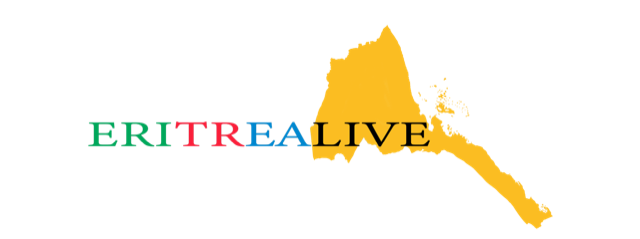
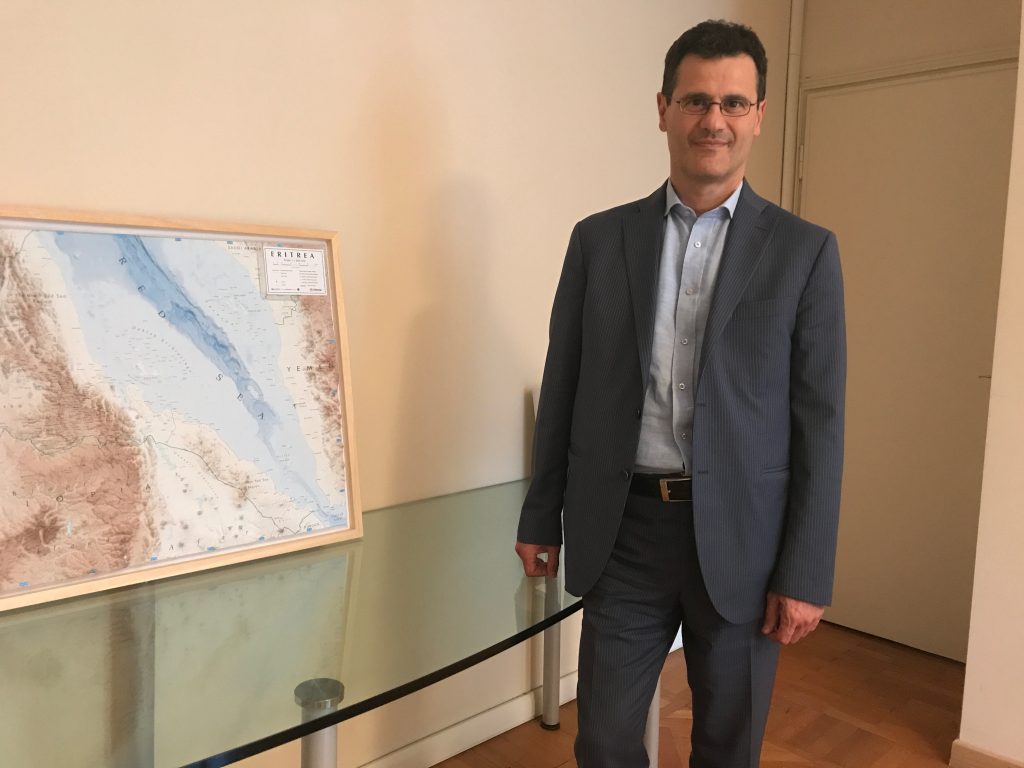
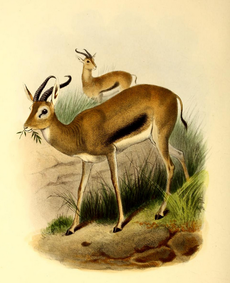

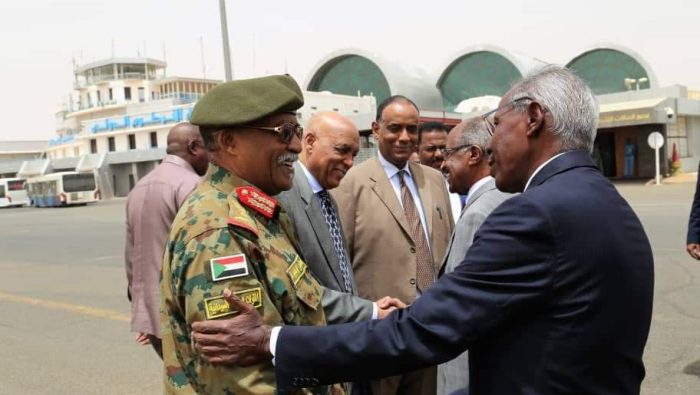
Lascia un commento